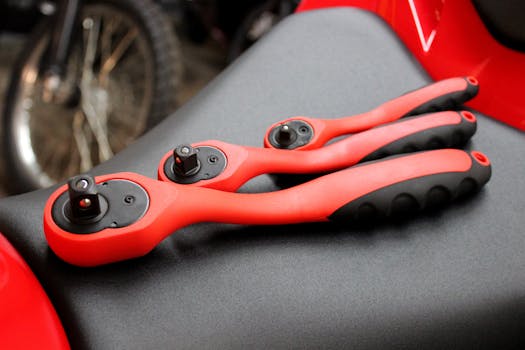
Common Mechanical Failures and How to Troubleshoot Them
Takeaways: Mechanical failures can be frustrating and costly, but understanding the common issues and how to troubleshoot them can save time and money. This article explores the most frequent mechanical problems encountered in vehicles and machinery, along with practical solutions.
Mechanical failures can happen unexpectedly, affecting everything from personal vehicles to industrial machinery. Knowing how to identify and troubleshoot these issues can significantly reduce downtime and repair costs. In this article, we will discuss the most common mechanical failures, their symptoms, potential causes, and step-by-step troubleshooting techniques.
1. Engine Overheating
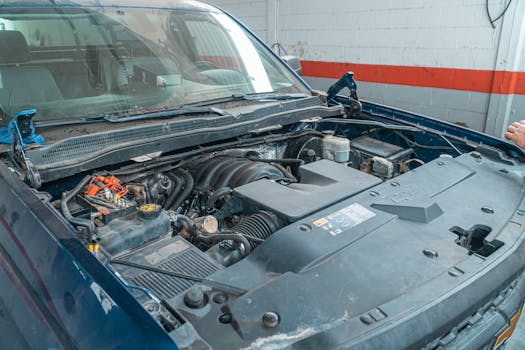
Causes: Engine overheating can be caused by several factors, including:
- Low coolant levels
- Faulty thermostat
- Blocked radiator
- Worn water pump
Troubleshooting Steps:
- Check the coolant level and top it up if necessary.
- Inspect the radiator for blockages or leaks.
- Test the thermostat by checking if it opens at the correct temperature.
- Assess the water pump for proper operation.
2. Brake Failure
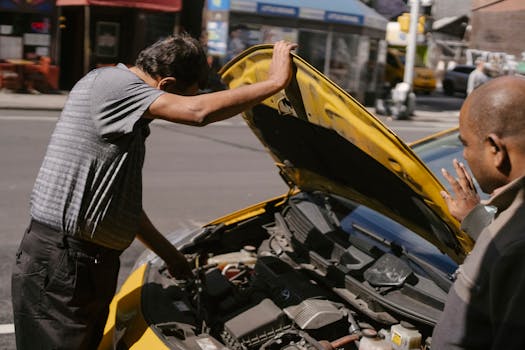
Causes: Common causes of brake failure include:
- Worn brake pads
- Leaks in the brake line
- Faulty brake master cylinder
- Air in the brake lines
Troubleshooting Steps:
- Inspect the brake pads for wear and replace them if necessary.
- Check the brake fluid level and look for leaks in the lines.
- Test the brake master cylinder for functionality.
- Bleed the brake lines to remove any air.
3. Transmission Issues
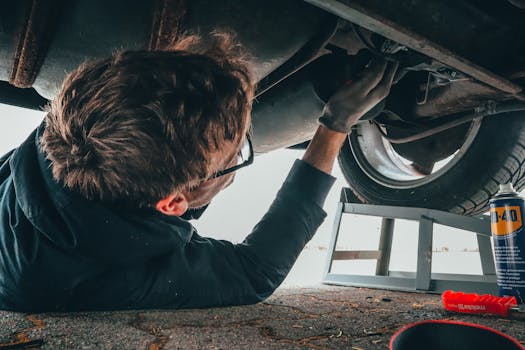
Causes: Transmission issues can arise from:
- Low transmission fluid
- Worn clutch (in manual transmissions)
- Faulty solenoids
- Internal damage
Troubleshooting Steps:
- Check and top up the transmission fluid level.
- Inspect the clutch for wear and replace if necessary.
- Test the solenoids and replace any that are faulty.
- If internal damage is suspected, consult a professional mechanic.
4. Electrical Failures
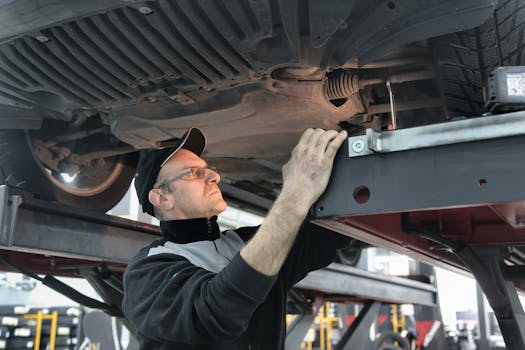
Causes: Electrical issues can occur due to:
- Corroded battery terminals
- Faulty alternator
- Worn out battery
- Electrical shorts
Troubleshooting Steps:
- Inspect and clean battery terminals.
- Test the alternator’s output with a multimeter.
- Check the battery for signs of wear or swelling and replace if necessary.
- Look for any visible signs of electrical shorts in the wiring.
Conclusion
